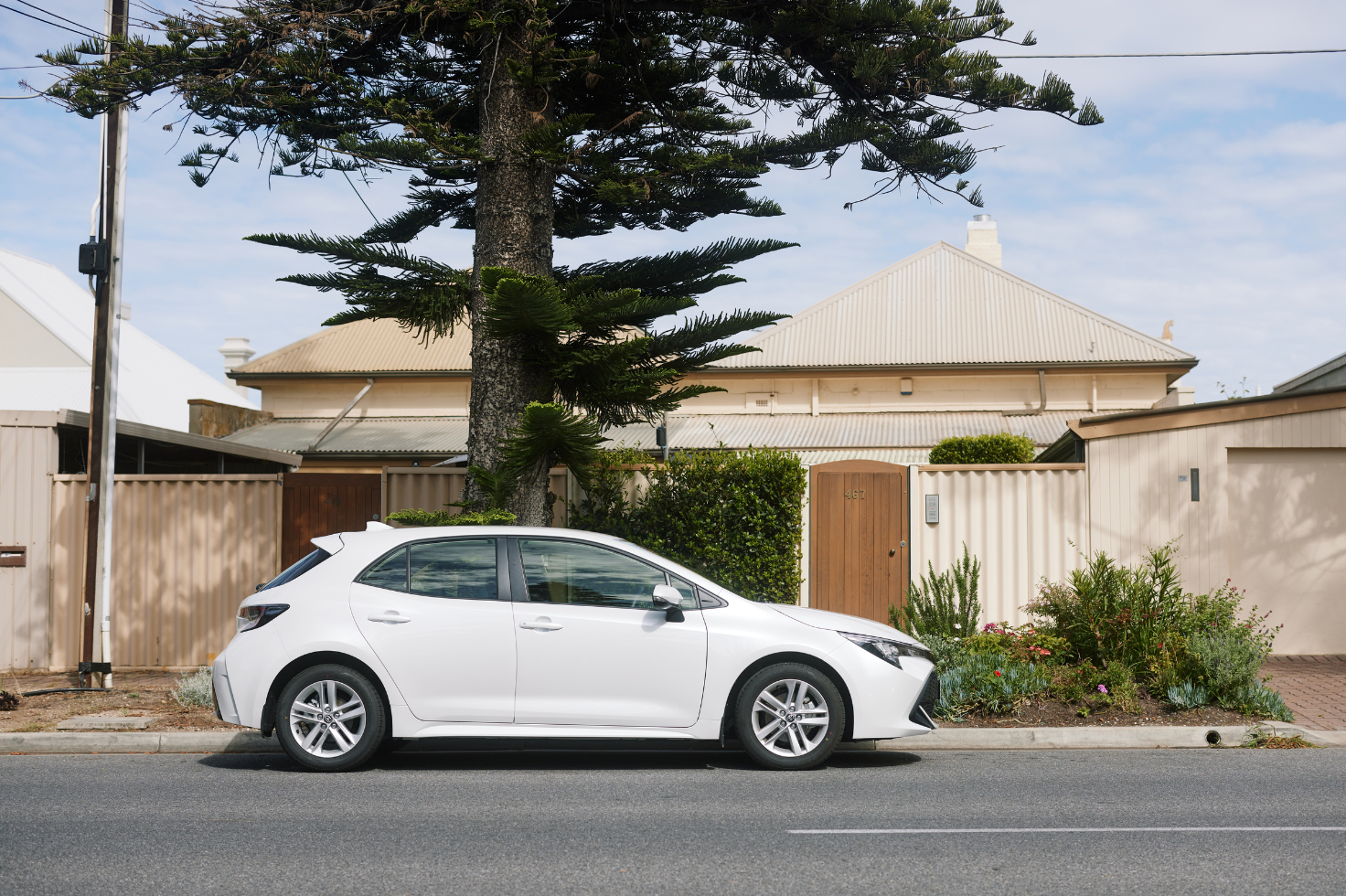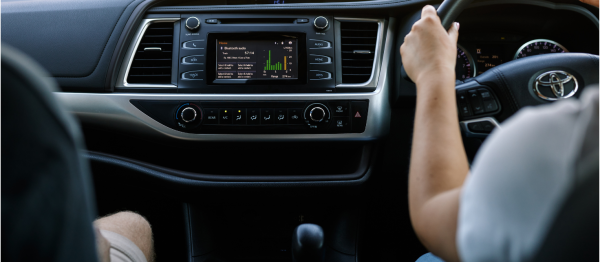This article was originally published in November 2021 and has been updated.
Share this story:
Not sure what all those buttons and symbols mean in your car? You’re not alone! We demystify common need-to-know buttons to help you on the road.
When it comes to new cars and dashboards, even the most experienced drivers can experience an “I must look that up in the manual later” moment. Part of the mystery is the result of technological advancements, while others are simply remnants of old technology you never had to use, or never fully grasped. No shame, friends, we’ve all been there. So, without further ado, let’s demystify some things.
Engine trouble, flat tyre or some other reason that has forced you to stop your car on or near the side of the road? This is the time to hit the triangle. By turning on your hazard lights, you let others on the road know that something is wrong so that they can react accordingly.
How it looks: A button that is the shape of a triangle, with another triangle symbol inside. Usually red.
What it does: Makes lights flash at the front and back of your vehicle.
When you use it: To indicate a temporary hazard to others on the road, because you cannot maintain your usual speed, or need to stop altogether.
Keeping the little ones safe is priority number one for any parent. Make sure you read your car manual to determine what kinds of child locks you have on your car (remote or mechanical) and how to use them.
How it looks: For vehicles with mechanical child-proof locks, you’ll find a lock on the rear edge of each back door to the car, usually with a little padlock symbol beside it. For vehicles with remote child-proof locks, you might see a button on the side of your car door with a symbol of a door, an X, and a child.
What it does: Prevents the door from being opened from the inside of the car, until it is disengaged.
When you use it: If you’re concerned that a child in the backseat of your car might open the door while you’re driving.
Not all cars have fog lights, but if yours does, you’ll usually find the control for them with the high beam switch.
How the symbol looks: An oval shaped like a lamp, with three horizontal lines and a wavy line down the middle.
What it does: Increases visibility on the road by turning on secondary lights (separate from your headlights).
When you use it: As the name suggests, in foggy weather when visibility of the road is reduced. But it can also be used during storms or if you’re navigating through dusty or smoky conditions.
Heading on a road trip? This feature sets your car to a specific speed without using the accelerator. It’s all about easing foot fatigue over a long drive.
How the button looks: Usually found on the steering wheel, cruise control button is typically symbolised by an arrow pointing towards a speedometer. The symbol will usually also light up on the car’s dashboard.
What it does: Cruise control system controls the speed of your car. It’s connected to the accelerator and works by automatically adjusting the throttle position without you needing to keep your foot on the accelerator. Once you’ve reached the desired speed, set the cruise control and the car will remain at that speed until the cruise control is disengaged (either switching it off or by touching the brake).
When you use it: Cruise control is most suited for long-range drives where there’s minimal traffic and you’re maintaining a steady speed for a significant period of time – like on a freeway.
Need to cool down in the car on a hot day? This practical little gadget can help!
How the button looks: The recirculating air button has the symbol of a car with a curved arrow inside of it that looks like a fishhook. This button draws air from inside the car rather than from the outside.
What it does: This button draws air from inside the car rather than from the outside.
When you use it: The right time to use the recirculating air button is when you get into a hot car and turn on the air conditioning or when you get into a cold car in winter and want the heater to warm the car faster. It’s also handy for inner-city driving where there are lots of fumes outside. It won’t stop all the nasty fumes getting in, but it can help cut it down.
Another important safety feature, your demisters have an important job to perform during cold or humid conditions.
How the button looks: The button you’re looking for has roughly the shape of a windscreen with three ‘S’ shaped arrows pointing up through it.
What it does: Defogs your front and back windows to increase visibility on the road.
When you use it: Demisters are needed when your windows fog up, which usually happens when the temperature outside is cold and the inside of the car is warm, or in humid conditions.
Are your knees hitting the steering wheel? Or do you have the opposite problem, of the wheel being a little too high for your height? Never fear, there’s a fix for that!
How it looks: A lever usually beneath the column that holds the steering wheel.
What it does: Allows you to move the steering wheel up or down to a position that suits. You can lock it into place by flicking the lever in the opposite direction.
When you use it: When you’re driving someone else’s car or a rental, and need to adjust the steering wheel for optimal control, comfort and safety.
Blind spots are areas where other cars can’t be seen in your side or rear-view mirror, and all cars have them. That’s why before turning and switching lanes, you should always turn your head to check the road is clear.
How the button looks: Usually, it’s a symbol of a car, with another car following behind and some arched lines in-between to indicate the tailing car’s close proximity.
What it does: Alerts you to a vehicle that may have entered your blind spot zone. Drivers will usually see a light with the same symbol as the button appear in the side mirror. In some cars, an audio warning will also sound.
When you use it: Blind spot warning is always handy to have on, especially if you frequently drive in congested areas.
No matter how many times you’ve done a reverse park, when the traffic is backed up behind you and the pressure is on, it can be hard to pull off. Technology has come to the rescue in the form of park assist.
How it looks: It can depend on the vehicle, but usually you’ll see the letter P alongside a traffic cone, or a car with the letter P next to it.
What it does: When park assist’s radar detects a parking spot, it will usually give an audible chime before engaging the engine and taking over the steering. Most systems still require you to use the accelerator and the brake. The car will however steer its way perfectly into the spot - making you look like a parking hero.
When you use it: When you’re reverse parallel parking in front of a packed restaurant/café and the pressure is on!
Now that the button mystery is solved, you can get out on the road more safely and comfortably.
All content on the NRMA Insurance Blog is intended to be general in nature and does not constitute and is not intended to be professional advice.


